Unofficial Histories Conference : Laurance Holman’s diaries
Just back from another very successful unofficial histories conference efficiently organized by Rebecca Andrew, Fiona Cosson, Catherine Feely and Ian Gwinn with the support of the Centre for Regional and Local History at Manchester Metropolitan University and its director Melanie Tebbutt. There was a broad range of engaging and thought – provoking papers not least one by Adam Gutteridge who spoke about the possibilities for emancipatory public history. In particular he discussed approaches to public history that transformed people from, say, consumers of museum displays to creators of their own histories. He concluded that power resides in the making of histories. Apart from papers and presentations there were a number of differently themed walks around ‘radical ‘ Manchester.
I spoke about my engagement with the diaries of Laurance Holman I have previously discussed here alongside Alison Twells who is exploring different forms of history-writing that might be responsive to the diaries of her late great aunt.
I discussed the role of the form of diaries in creating meaning. Fairly obviously dates are a key feature in diary writing. The genre, the form, is itself one that is frameworked by time: there are discrete spaces into which to put events of the day and, in some instances, a space for end of week comments. There is an assumption that things do happen within the timescale of 24 hours sufficiently important to be recorded. The form of divided time also invites a comment on a routine such as, in the case of Laurance Holman, the time of going to bed or specific time spent on horse riding that would not necessarily be contained in an autobiography.
Time was reflected in other ways in the form of the diaries themselves used by Holman. Due to paper rationing the wartime diaries were very small, Letts type diaries, with just a few lines of space for writing per day. Because of the smallness the entries are themselves summations and reflections that have clearly involved sifting and selection before the reader gets to see them. However, once the war ends the size of the dairies – usually ones containing Punch cartoons – changes. (Laurance Holman would have known many of the cartoonists through his advertising work and membership of the London Sketch Club.) There is a full page for every day (and no space for summary comments at the end of the week.) His writing changes because of the physical format of the diary from a summation of the entire day at the end of it to contemporaneous accounts of activities.
Having taken a year to read the diaries from 1937 to 1950 I am now thinking about how to take forward this work in different pieces of writing. The comments of participants at the conference were useful in thinking this through. I will also continue my research into the life of Laurance Holman and his widow (and second wife) Wendy Munro Holman and welcome further information on them.


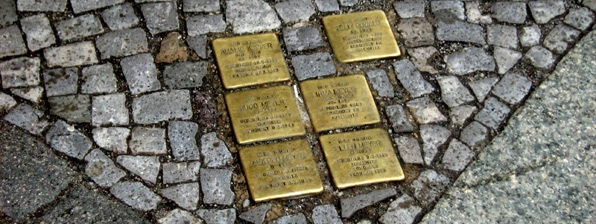


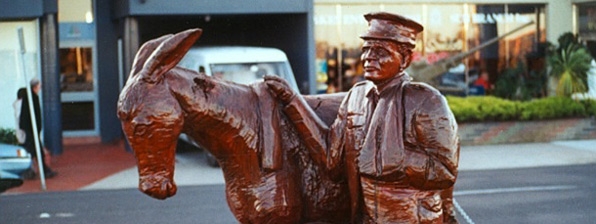

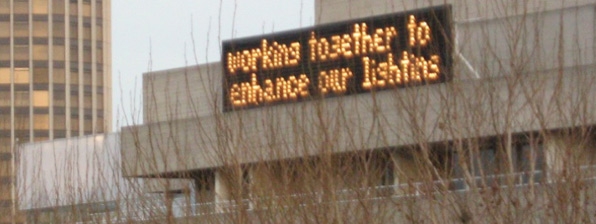




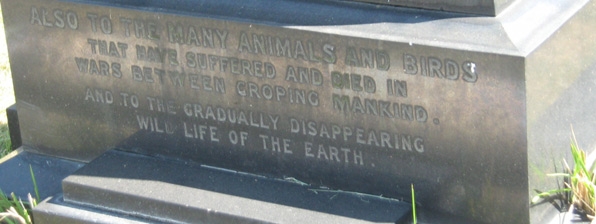

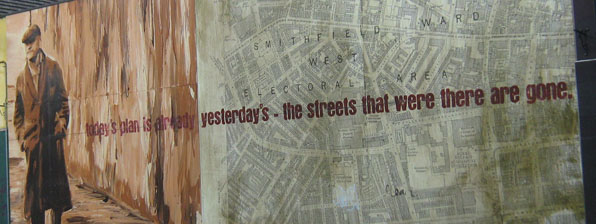
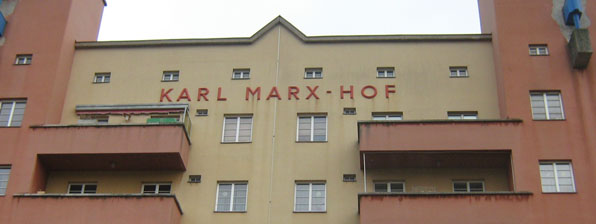



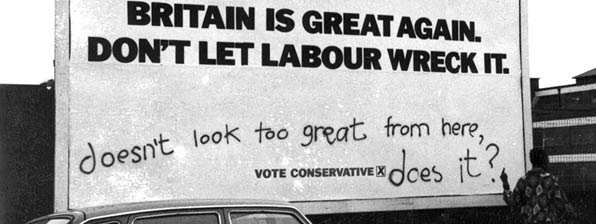

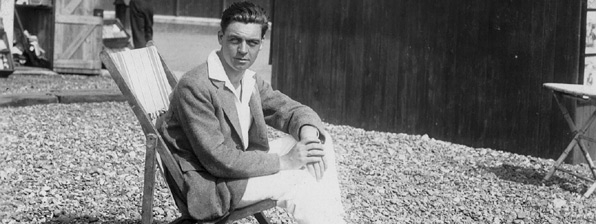



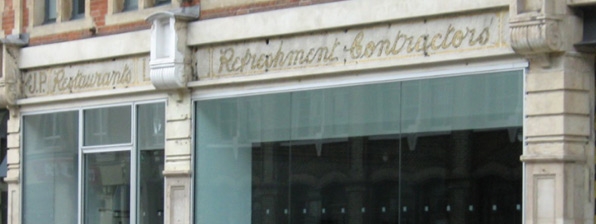

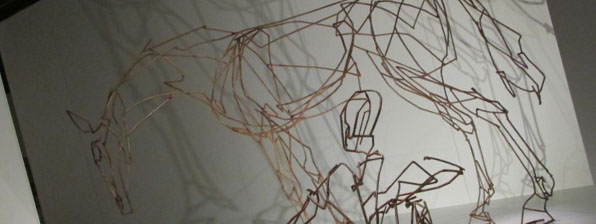



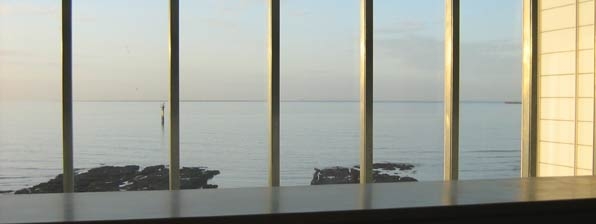

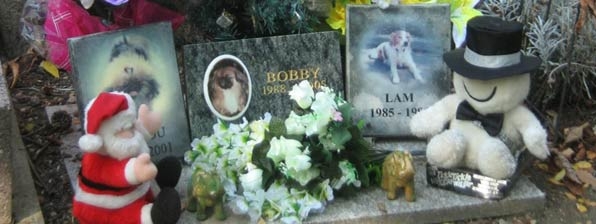
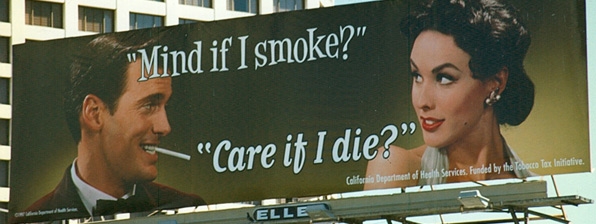






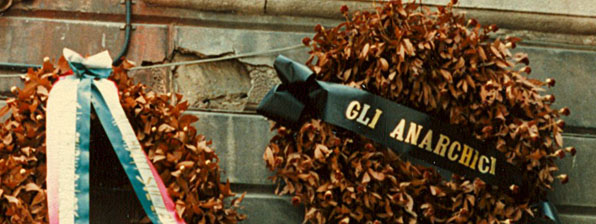
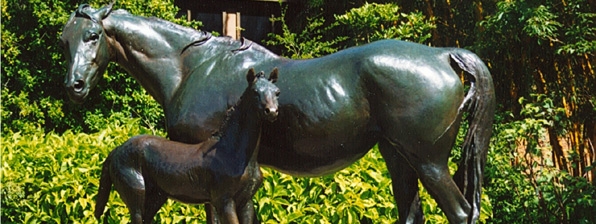




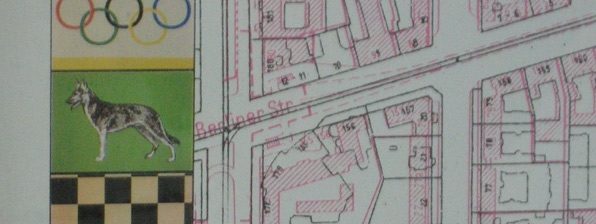


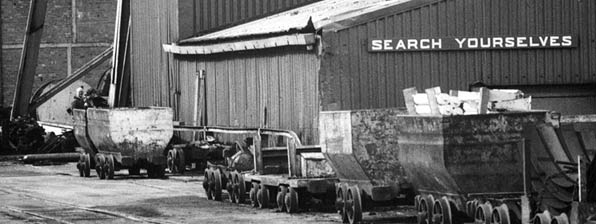

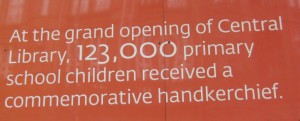

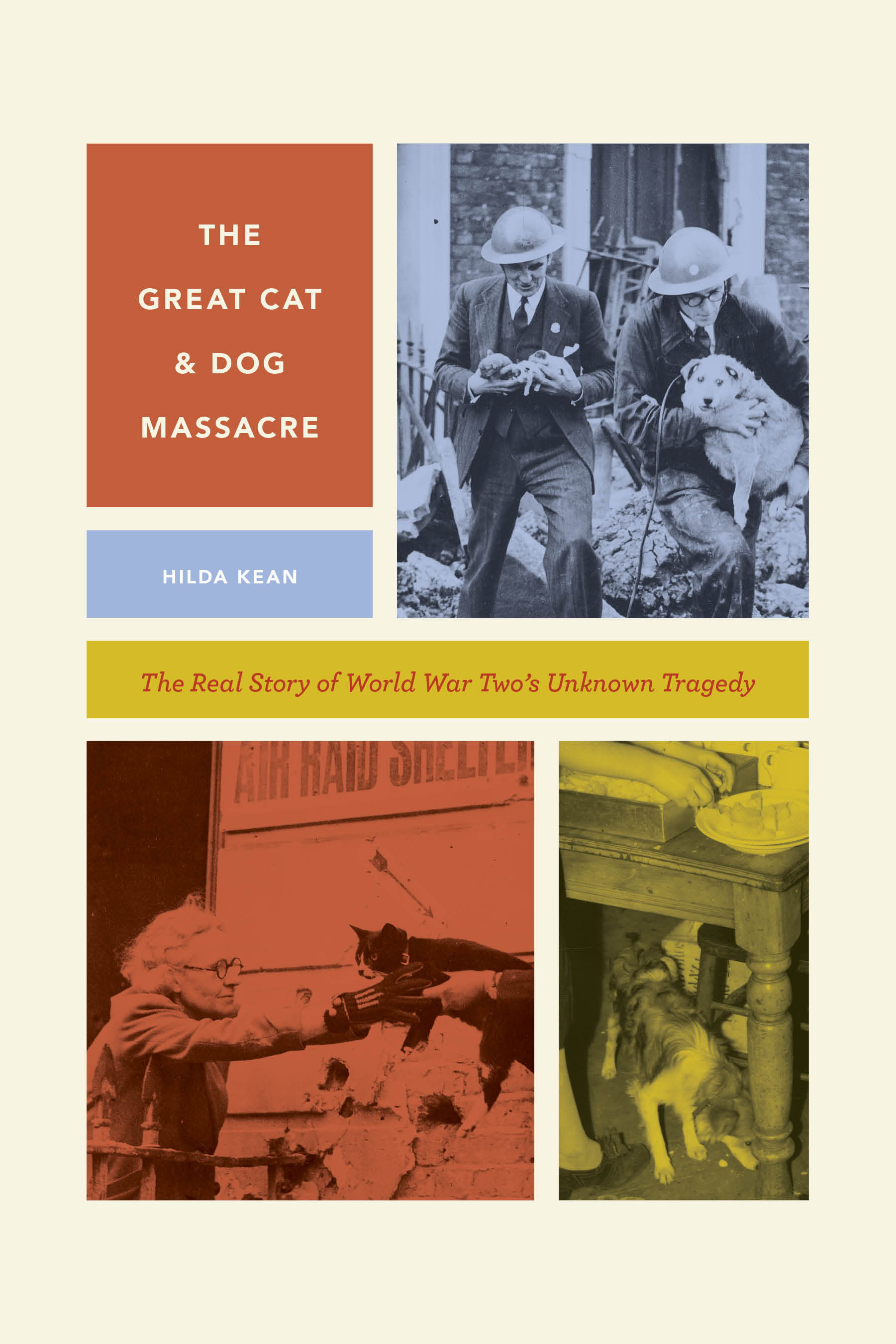


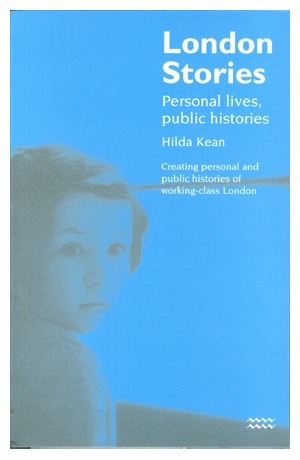

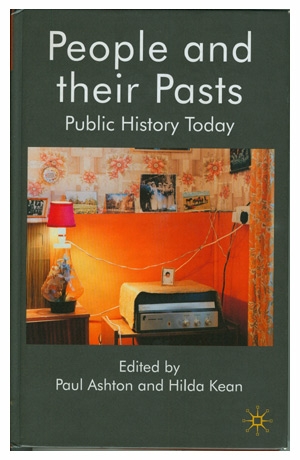





Leave a Reply